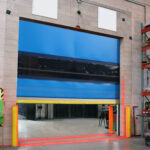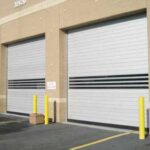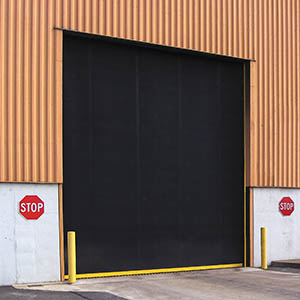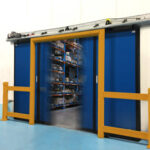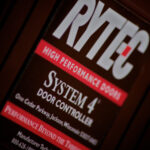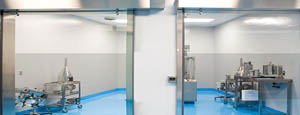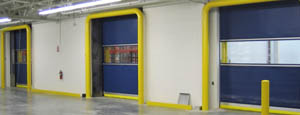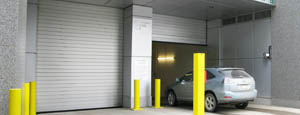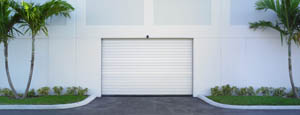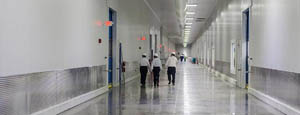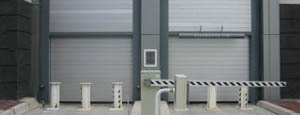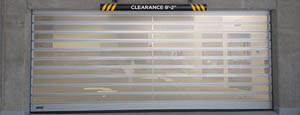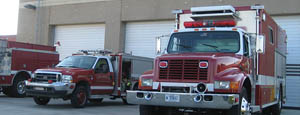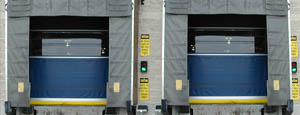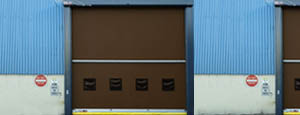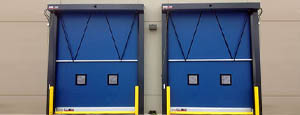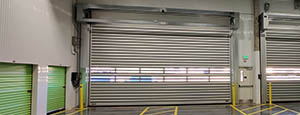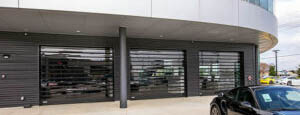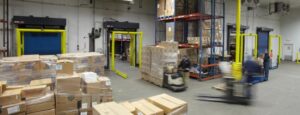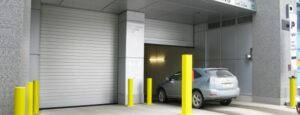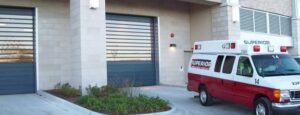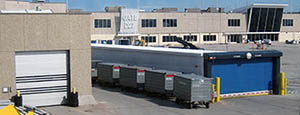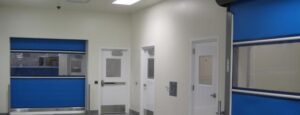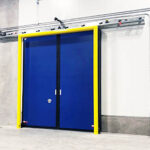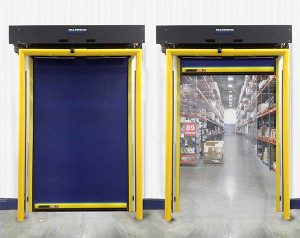 High-performance doors are the linchpins of today’s cold storage facilities. When they work well, they keep people, equipment and food moving at peak efficiency, around the clock. But when they fail, they can have a major negative impact on production and revenue.
High-performance doors are the linchpins of today’s cold storage facilities. When they work well, they keep people, equipment and food moving at peak efficiency, around the clock. But when they fail, they can have a major negative impact on production and revenue.
That’s why preventive maintenance is a must. It helps to minimize unplanned downtime and costly repairs and keeps your facility running at maximum efficiency.
Rytec recommends that you inspect your high-performance doors quarterly to ensure they’re in excellent working condition. Here are some of the key areas you should pay attention to during your inspections:
Visual Damage Inspection
Visually inspect key door components such as the head assembly, side panels, door panels and door seals. Here’s what to look for:
- Head assembly: Inspect for dents or damage that may prevent the door from opening or closing properly.
- Door panel: Inspect the panel for holes, tears and worn areas. Clean or replace them as needed.
- Side columns and covers: Inspect them for any damage that may prevent the door from operating properly.
- Photo eyes: Inspect the lens of each photo eye for damage or dirt that may prevent them from working properly. Clean or replace them as needed.
- Warning lights: Inspect the lens of each light for damage or dirt that may prevent them from working properly. Clean or replace them as needed.
- Bottom bar: Inspect the bottom bar for damaged, missing or loose hardware. Inspect the black vinyl seal along the lower edge of the bottom bar for tears and holes. Inspect the edge itself.
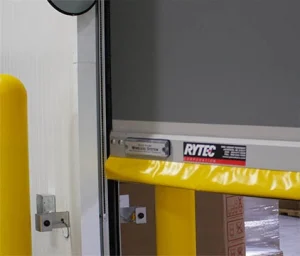 Door Operation Inspection
Door Operation Inspection
Run the door through four or five full open and close cycles to make sure it’s operating smoothly and efficiently. There should be no binding or unusual noises as the door travels across the head assembly. Also, as the door opens and closes, verify that the panels remain in contact with the door retention system and that they seal properly.
Reversing Edge Inspection
Many high-performance doors incorporate a reversing edge, which changes the door’s direction when it encounters an obstacle. While the door is running through a down cycle, tap the bottom of the reversing edge. If it’s operating properly, the door will immediately reverse and return to the fully open position. Push the control panel down arrow key to close the door after you’ve completed your inspection.
Side Columns
High-performance doors utilize bulb or brush seals to ensure that when the door is closed, air infiltration is minimized. Inspect the side column seals for wear and damage. Replace if necessary.
Photo Eye Inspection
Inspect the photo eye mounting brackets and photo eyes for visible damage or misalignment. Verify that each of the photo eyes operates. Test each one by placing an object within its field of vision to verify that it properly detects it.
Mounting Hardware Inspection
With the power to the door turned off, check that the mounting hardware securing the door header assembly and photo eye mounting brackets to the wall are in place and tight. Tighten and replace any loose or missing hardware, such as wall fasteners, floor anchors, nuts, bolts and screws. Check that all the self-tapping screws used to secure the bulb seals are tight and in place. Tighten and replace any loose or missing hardware.
Check that all mounting hardware, such as nuts, bolts and screws throughout the head assembly, drive motor gearbox assembly, idler assembly, trolleys and mounting brackets are secure and tight. Tighten and replace any loose or missing hardware as needed.
Insulated Door Panel & Door Seal Inspection
Door panels and bulb seals should be regularly checked for ice buildup, damage and wear. Ice buildup in and around the bulb seal gaskets and the door path can cause erratic operation, potentially damage mechanical systems, allow air infiltration and increase energy use. Ice buildup can also cause a potential safety hazard.
Where used, bulb seals should last 36 to 48 months with proper stay roller pressure and adjustment. Look for any rips or tears to the thermoplastic exoskeleton of the door panel. They should be fixed using a repair kit.
Inspect the floor sweep or vinyl loop/edge seal along the bottom edge of each door panel. The cover should not be frayed, torn or loose. Replace or adjust as necessary. Because there typically is a sweep around each panel face, you’ll need to use your fingers to verify the seal along the floor on both sides of the panel.
The seal below the door panel should be a full seal with the floor. There should be no gaps along the entire width of the panel. Floor sweep seals are normal wear items and may need to be replaced approximately every two years, depending on usage and the local environment. Replace them as needed.
Heaters & Blowers
Heaters and blowers are instrumental in preventing the build-up of ice and frost around the door threshold. Inspect them to make sure they’re working properly.
Conclusion
Regularly-scheduled inspections of your high-performance cold storage doors will help to ensure that they provide maximum performance, uptime and energy efficiency.
If you have any questions about the condition of your doors, contact the manufacturer today. If you need to replace any existing cold storage doors, contact us today to discuss your needs.

